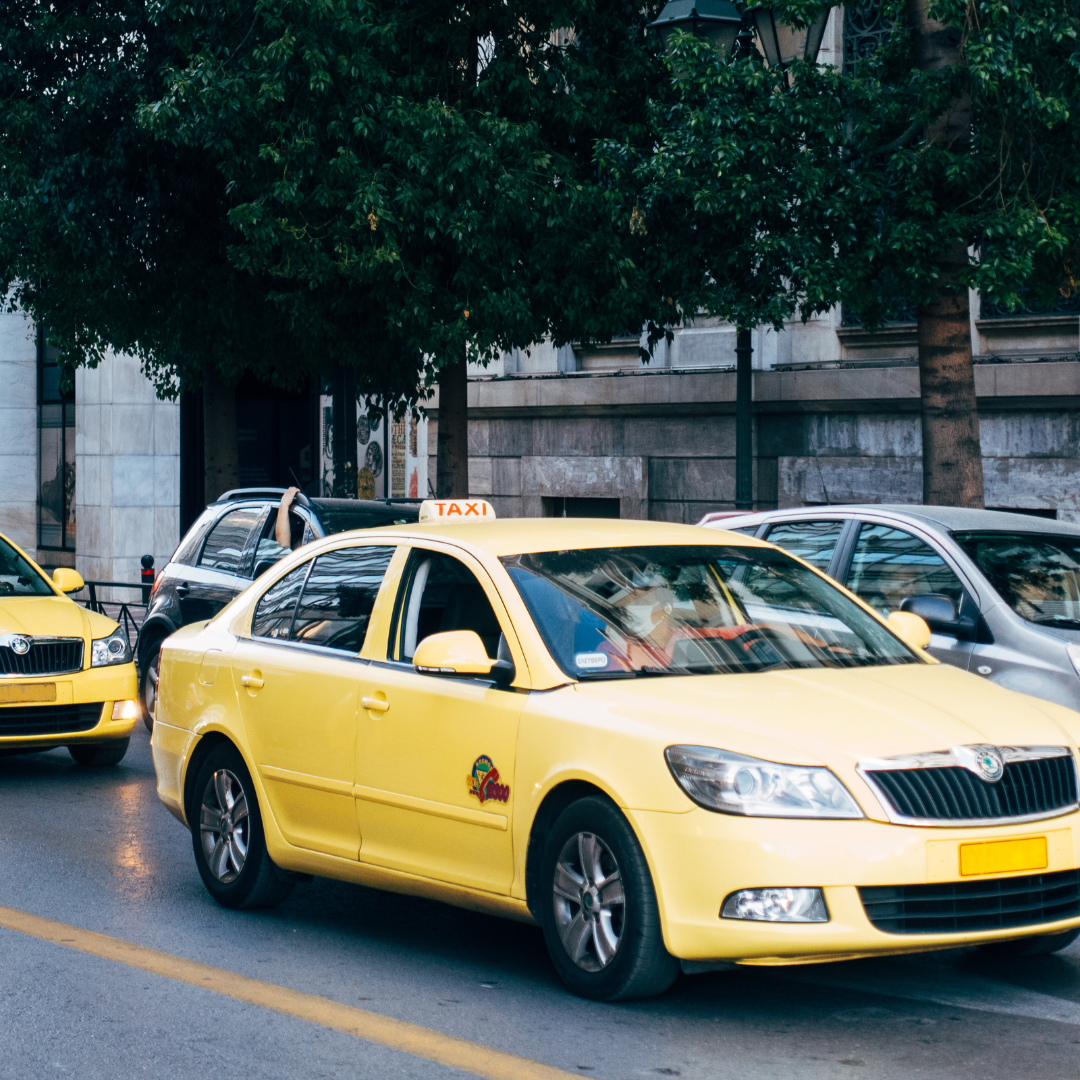How to Handle Road Rage and Stay Calm: Effective Strategies for Drivers

Road rage can quickly escalate into dangerous situations, affecting both the driver and those around them. It is crucial to recognize triggers and develop techniques to maintain composure while driving. Understanding one’s reactions and implementing calming strategies can greatly reduce the risk of intense confrontations.
Many drivers experience frustration on the road, whether due to traffic, rude behavior from others, or personal stressors. Finding ways to stay calm is essential for safety and overall well-being. Strategies such as deep breathing, listening to calming music, or even pulling over briefly to regroup can make a significant difference.
Education on road rage and its management is vital. By fostering awareness, individuals can cultivate a more peaceful driving environment. Applying these techniques not only aids personal peace but also contributes to the safety of all road users.
Understanding Road Rage and Its Causes
Road rage is a complex issue influenced by various psychological and environmental factors. Identifying these roots can aid in preventing aggressive responses while driving.
The Psychology Behind Aggressive Driving
Aggressive driving often stems from deep-seated emotional responses and psychological factors. Individuals may feel a loss of control when faced with traffic issues, leading to heightened aggression.
Personality traits, such as low frustration tolerance, can exacerbate these feelings. Studies show that drivers with hostile attitudes are more likely to exhibit road rage behaviors. Recognizing these psychological triggers can help drivers take steps to manage their reactions.
Stress and Frustration in Traffic
Traffic congestion is a significant contributor to stress while driving. As vehicles inch forward, frustration builds. This stress can lead to impatience and aggressive actions, such as tailgating or excessive honking.
Drivers may also carry external stressors into their vehicles. Personal issues, work-related pressures, or time constraints can amplify frustrations. Managing these sources of stress is crucial for maintaining composure on the road.
Recognizing Common Triggers on the Highway
Several common triggers can spark road rage incidents. These include encounters with reckless drivers, unexpected lane changes, or sudden stops. Such situations can provoke immediate emotional responses.
It’s essential to recognize these triggers ahead of time. Simple mindfulness techniques, like taking deep breaths, can serve as effective coping strategies. Keeping a safe distance from aggressive drivers may also help reduce the likelihood of conflict.
Strategies for Staying Calm Behind the Wheel
Staying calm while driving requires specific strategies that can help mitigate stress and prevent road rage. Patience, defensive driving techniques, and practical tips play essential roles in creating a peaceful driving experience.
The Role of Patience in Traffic
Patience is crucial when navigating congested roads. Drivers who approach traffic with a calm mindset can better manage their reactions to delays. Reminding oneself that congestion is a common occurrence can alleviate frustration.
Practicing patience can also prevent hasty decisions that might lead to accidents or conflicts. Taking deep breaths and maintaining a relaxed posture can help reinforce this mindset. Additionally, setting realistic travel times allows drivers to arrive at their destinations without added pressure, fostering a more tranquil atmosphere.
Defensive Driving Techniques
Defensive driving techniques are essential for maintaining composure on the road. This approach involves anticipating the actions of other drivers and responding appropriately. By staying aware of the surroundings, drivers can avoid potential conflicts before they escalate.
Maintaining a safe following distance is one key element. This buffer zone allows time to react to sudden stops or merges. Also, using turn signals and observing road signs demonstrates courteous driving, contributing to a calmer driving environment.
Practicing these skills consistently can lead to improved driving habits. A calm demeanor while driving not only benefits the driver but also promotes safer interactions with others on the road.
Practical Tips to Maintain Composure
Incorporating practical tips can further enhance one’s ability to remain calm while driving. Playing soothing music or listening to audiobooks can create a serene atmosphere, helping to divert attention from external stressors.
Setting aside extra travel time can minimize the pressure to rush through traffic. Drivers should also consider adjusting seat position and temperature to ensure comfort during the drive.
Taking breaks on long trips is vital, as fatigue can heighten frustration. Simple actions like planning rest stops or engaging in mindfulness techniques can prevent overwhelming feelings that lead to road rage.
Avoiding and De-Escalating Conflicts on the Road
Navigating the road requires both skill and awareness. By adhering to safe driving practices and applying effective techniques, a driver can significantly reduce road rage incidents. Understanding how to handle specific situations is crucial.
Safe Driving Practices to Prevent Confrontation
Staying calm begins with safe driving. Maintaining a safe distance can prevent misunderstandings with other drivers. A gap of three seconds between vehicles is a good rule.
It’s also crucial to not drive with impaired judgment, as this can make road rage harder to control. Driving after extreme emotions or when intoxicated can lead to much more aggressive driving practices. In these situations, a person may find themselves needing a Minneapolis DWI lawyer to help them get out of trouble.
Using turn signals clearly communicates intentions. This helps others react appropriately and minimizes the chance of conflict. Avoid sudden lane changes without adequate signaling.
Monitoring speed limits and driving patterns also promotes safety. Consistent driving behavior allows others to anticipate actions, leading to smoother interactions on the road. Remaining patient contributes to a more considerate driving atmosphere.
Handling Tailgating and Right of Way Issues
Tailgating can provoke anxiety and frustration. If someone tailgates, it’s best to remain calm. Slowing down slightly or changing lanes allows aggressive drivers to pass without confrontation.
Understanding right of way rules is also vital. Yielding at intersections and respecting traffic signals prevents potential conflicts. If in doubt, yielding is often the safest choice.
When faced with a right of way dispute, staying composed is crucial. A simple wave can resolve confusion and demonstrate courtesy. This small gesture often diffuses tension and fosters a more agreeable environment.
Importance of Courtesy and Avoiding Eye Contact
Politeness on the road significantly impacts interactions. A friendly wave or nod can ease tensions. This courtesy can encourage a more positive atmosphere among drivers.
Avoiding eye contact is strategically beneficial during tense situations. Making eye contact might escalate tensions or provoke anger. Instead, focus on the road and maintain awareness of surroundings.
In stressful moments, deep breaths can help maintain composure. By concentrating on safety and courteous driving, conflicts can be minimized effectively. This proactive approach contributes to a more serene driving experience for everyone involved.
Long-Term Solutions and Preventive Measures
Addressing road rage requires a comprehensive approach that emphasizes education, awareness, and improved enforcement. By implementing long-term strategies, the severity of aggressive driving can be reduced significantly.
Educating Drivers About the Impact of Aggressive Driving
Education is crucial in combating aggressive driving. Driver education programs should focus on the potential consequences of aggressive behaviors, such as speeding, tailgating, and unnecessary lane changes.
Key topics include:
- Safety Risks: Highlighting that aggressive driving increases the likelihood of accidents.
- Legal Consequences: Informing drivers about fines and penalties associated with aggressive behavior.
- Emotional Awareness: Teaching drivers to recognize their triggers and manage their emotions behind the wheel.
By fostering a mindset that prioritizes patience and safe driving, drivers are less likely to engage in aggressive behaviors, especially in heavy traffic.
Promoting Awareness and Empathy Among Road Users
Encouraging empathy among all road users can mitigate aggressive behavior. Programs that promote understanding of different driving experiences can create a more supportive environment.
Strategies may include:
- Public Campaigns: Initiatives that encourage sharing the road and recognizing the challenges faced by others.
- Community Workshops: Events to discuss driving behaviors and foster open dialogue about road safety.
- Social Media Engagement: Utilizing platforms to spread awareness and share personal experiences related to road rage.
When drivers empathize with others, they are more likely to remain calm during stressful situations, reducing instances of road rage.
The Role of Law Enforcement and Infrastructure
Law enforcement agencies play a vital role in addressing aggressive driving behaviors through visible enforcement and community engagement.
Important aspects include:
- Increased Patrols: More police presence in high-traffic areas can deter aggressive driving.
- Traffic Cameras: Implementing additional surveillance can help monitor and penalize aggressive drivers.
- Improving Infrastructure: Designing roads and traffic signals to reduce congestion can minimize frustration and aggression.
By enhancing both enforcement and infrastructure, communities can create a safer driving environment, thus lowering the chances of road rage incidents.



0 Comments